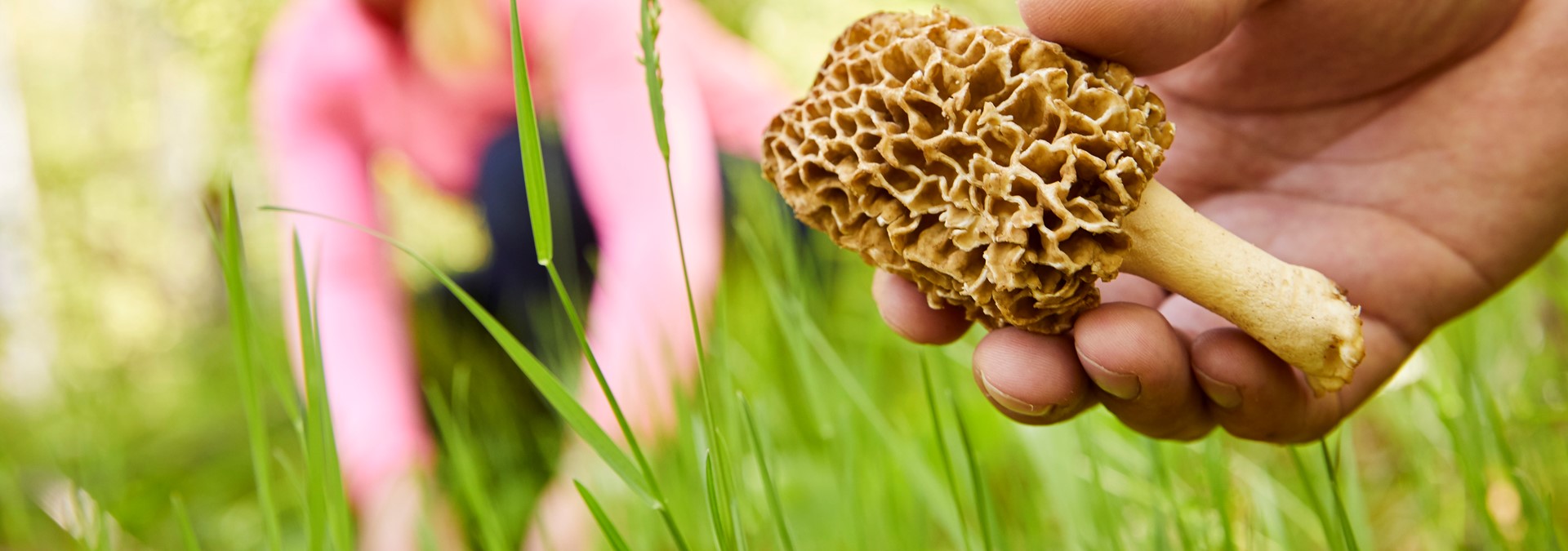
Spring Recipes for Seasonal Flavor
Published
Discover the magic of Door County with these three enchanting highlights:
- Scenic Beauty: From lush forest trails to serene beaches, Door County offers breathtaking landscapes perfect for outdoor adventures.
- Culinary Delights: Taste the local flavor with seasonal recipes featuring wild ramps, rhubarb, and morels. Don't miss out on our savory Ramp Risotto or indulgent Rhubarb Cobbler.
- Vibrant Events: Enjoy an array of festivals and cultural events that capture the spirit of Door County all year round.
Ready for your next adventure? Plan your unforgettable getaway today!
Sign up for our newsletter for more insider tips and local treasures!
Life in the Midwest means the seasons dictate a lot of change; with four seasons of weather, there’s a seasonal element that touches all areas of culture, including our cuisine. We are coming upon an exciting time of the year where the growing season is near and we can look forward to our favorite fresh flavors to be reintroduced to our menus.
“Think spring” and save these three beloved seasonal recipes to utilize the bounty brought along with the transition out of winter’s deep freeze.
Ramp Risotto
Ramps, also known as wild leeks, are one of the earliest plants to forage for in spring and are a favorite wild edible for many cooks. The unique garlic and onion-like flavor allows ramps to be used in a lot of recipes in substitution of green onions, onions, garlic, leeks, and chives. The growing season in Door County begins after the last frost, which is generally estimated to occur around May 15. Wild ramps being to appear soon after and their growing season usually lasts about one month.
Foragers look for these early-season wild edibles in partly sunny areas of the forest, usually with some ground leaf cover. Ramps are recognized by their one or two broad leaves, measuring 1 to 2-1/2 inches wide and 4 to 12 inches long, and the pungent onion smells when cut. Ramps are common on local menus and farmers markets, but if you are lucky enough to find your own wild ramps, you can harvest them yourself. To harvest, dig around the plant about an inch and cut or shear the top two thirds of the bulb, being careful to not cut off the root rhizome—that’s what brings back next year’s harvest!
The full plant—bulb and leaves—are edible and can be used in a variety of ways. Cooking creates a milder flavor, like in our Savor Door County recipe for Ramp Risotto.
Rhubarb Cobbler
Rhubarb is another favorite springtime ingredient. This vegetable (yes, vegetable!) is most commonly found in sweet dessert and jam recipes. This big-leafed plant grows in early spring and is ready for harvest mid-spring through early summer. The stalks are often recognizable as a ruby or magenta red, which is the edible part of the plant. You can grow your own or find the harvested stalks in the grocery store or farmers market.
Our recipe for rhubarb cobbler turns this tart stalk into a sweet and delicious post-dinner dessert. Serve it warm with a scoop of vanilla ice cream for a yummy treat.
Morel and Asparagus Pasta
Morels are not an easy item to find, both in the wild or in stores because the springtime mushroom can only be found via foraging. Each spring, morel enthusiasts start to walk through shady, moist valleys and forest looking for the small elusive fungi. Porus, brown, and spongy, the mushroom has a savory and delicate flavor that is highlighted when sauteed in butter or oil. Conditions are favorable for morel hunting in early to mid May.
Asparagus, although commonly found in the produce section, can also be found growing wild. It loves to grow in full sun, so you can skip looking in the forest and shady areas. You will often spot it growing in sunny roadside ditches and at the edge of farm fields. The spears grown singularly from the earth and are ready to be harvested when longer than 6–8 inches. If you find taller spears, the lower part of the spear may be woody, but can be trimmed. This vegetable also increases its tastiness when sauteed.
This recipe for Morel and Asparagus Pasta is an excellent way to savor these two springtime gems.
Sign up today!
Visit Door County virtually with monthly newsletter updates. Each issue is jam-packed with vacation ideas, special offers, recipes, festivals, events, and more.
Subscribe to the Newsletter




